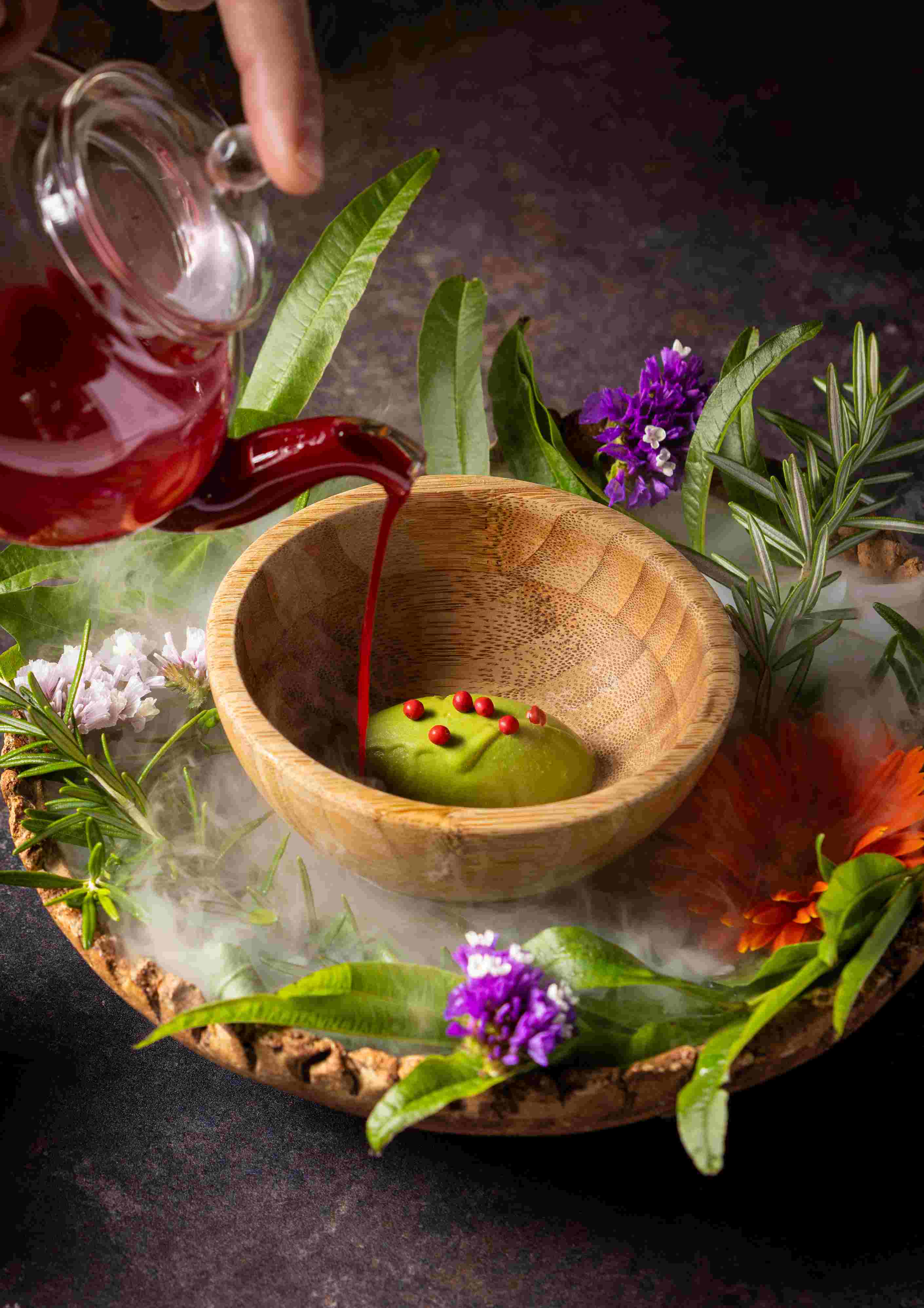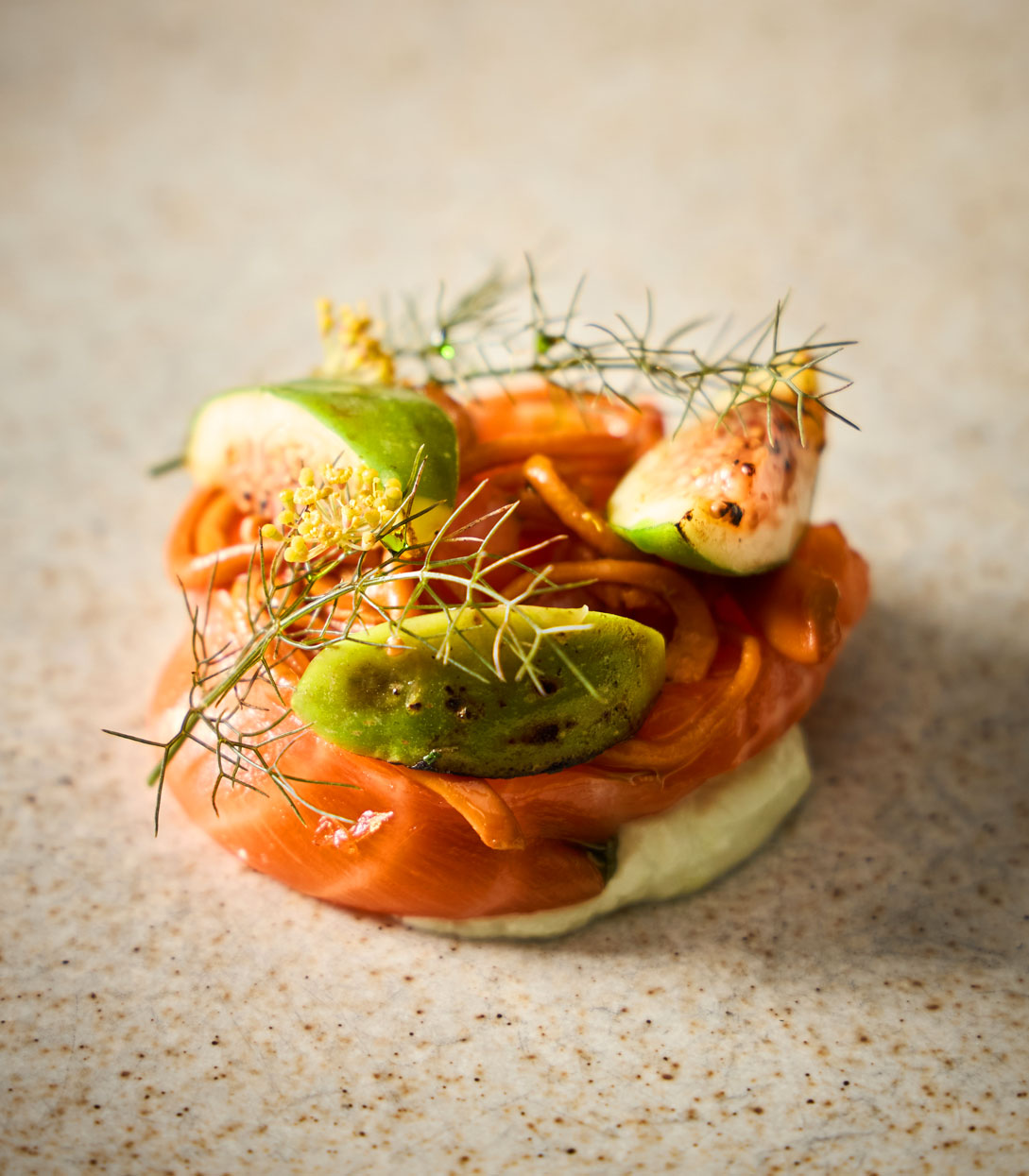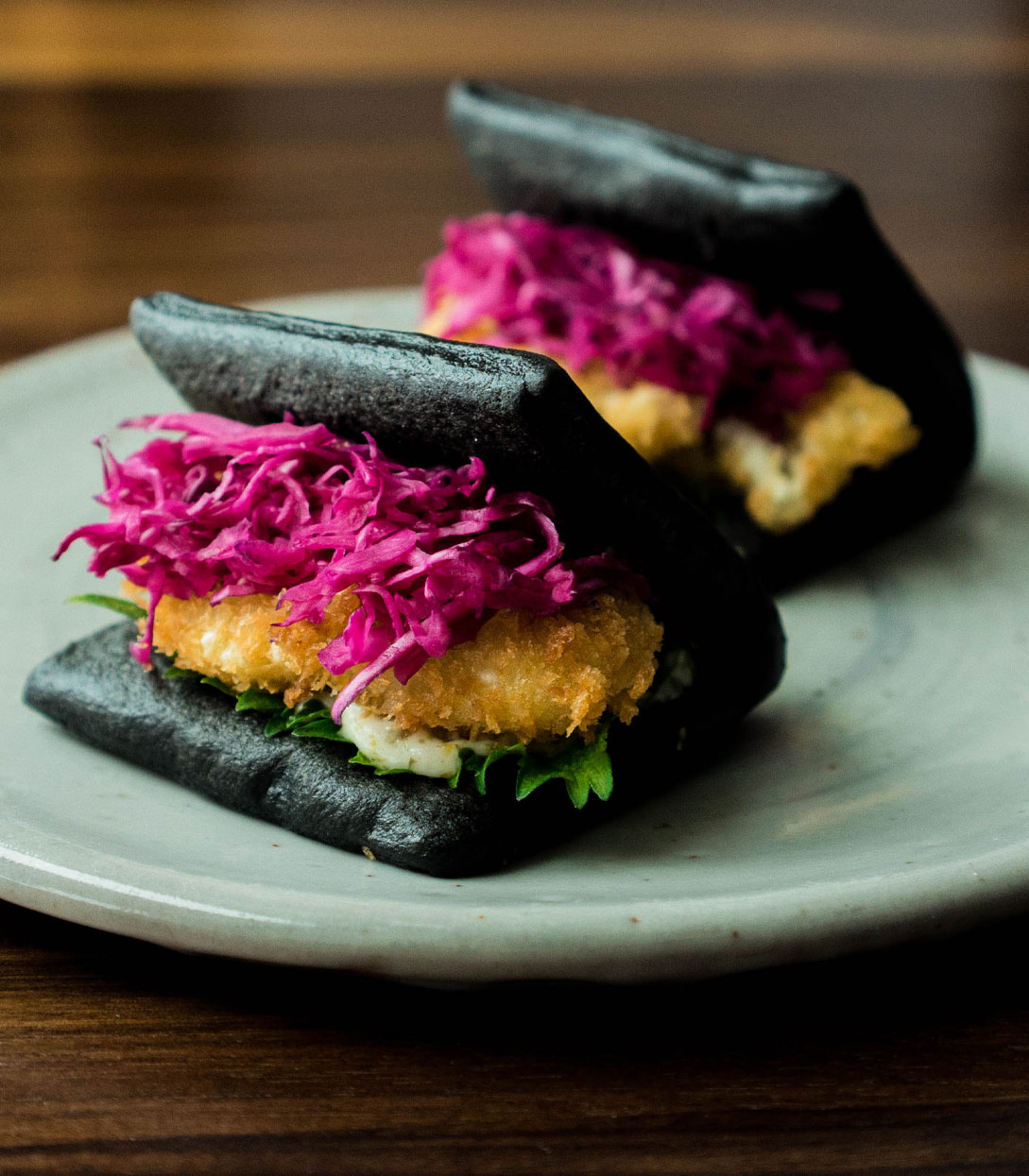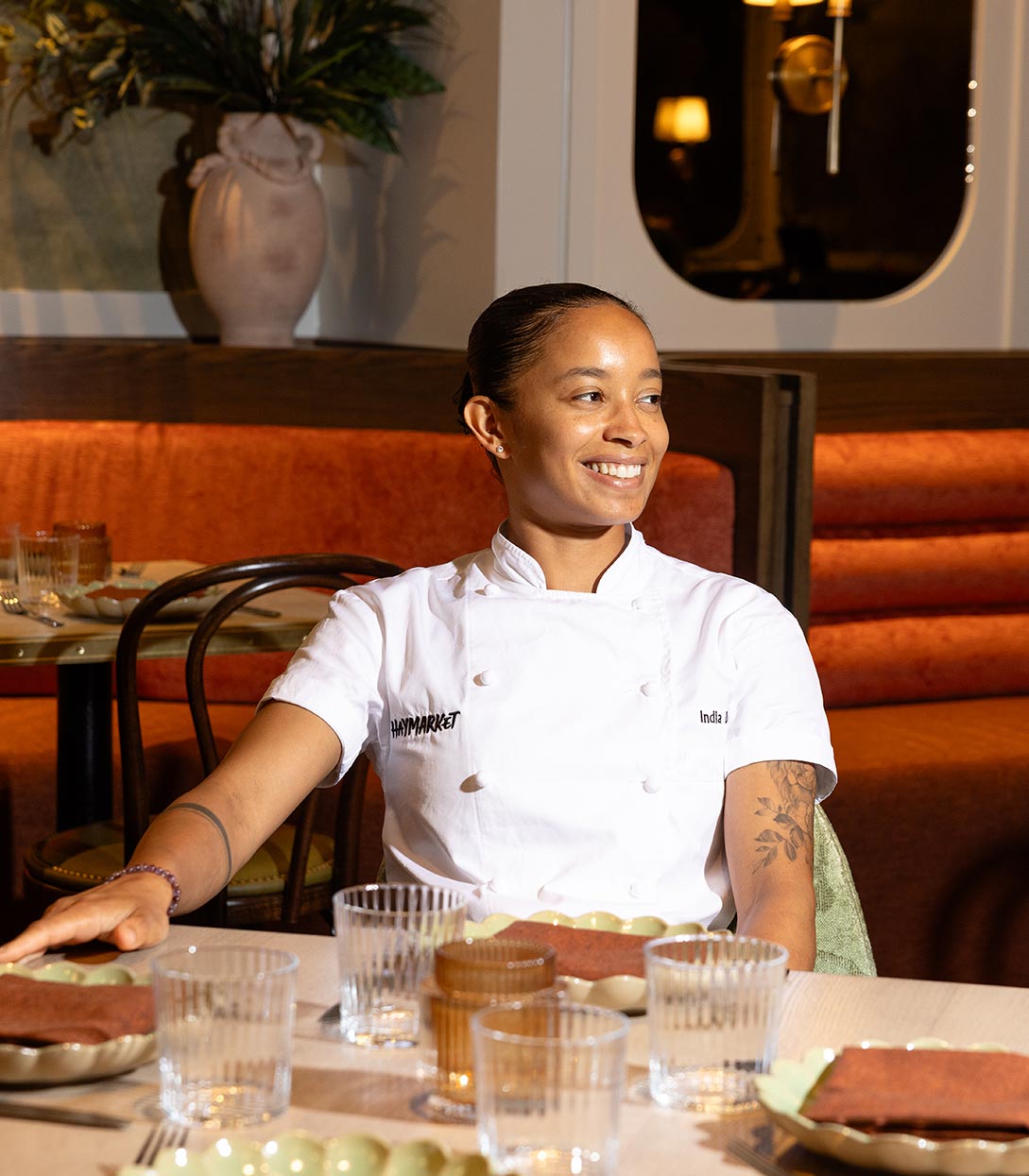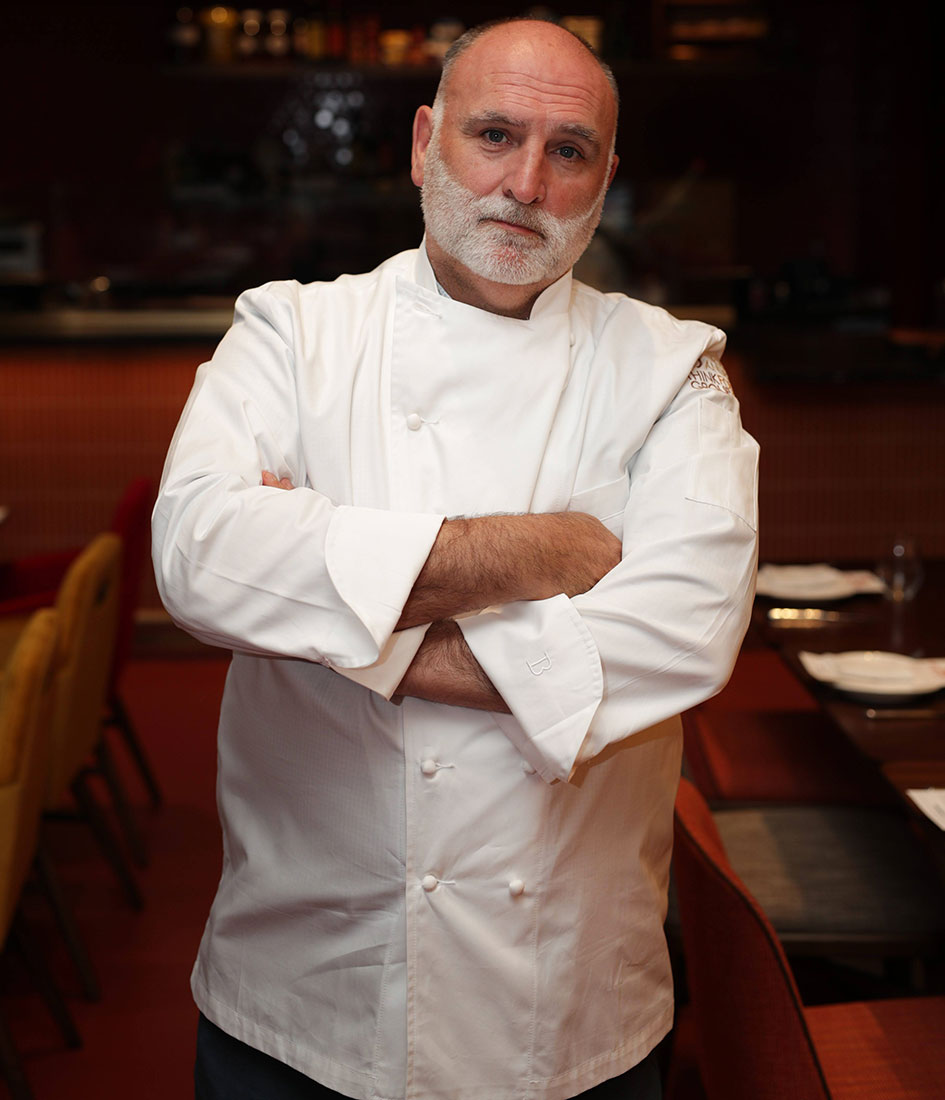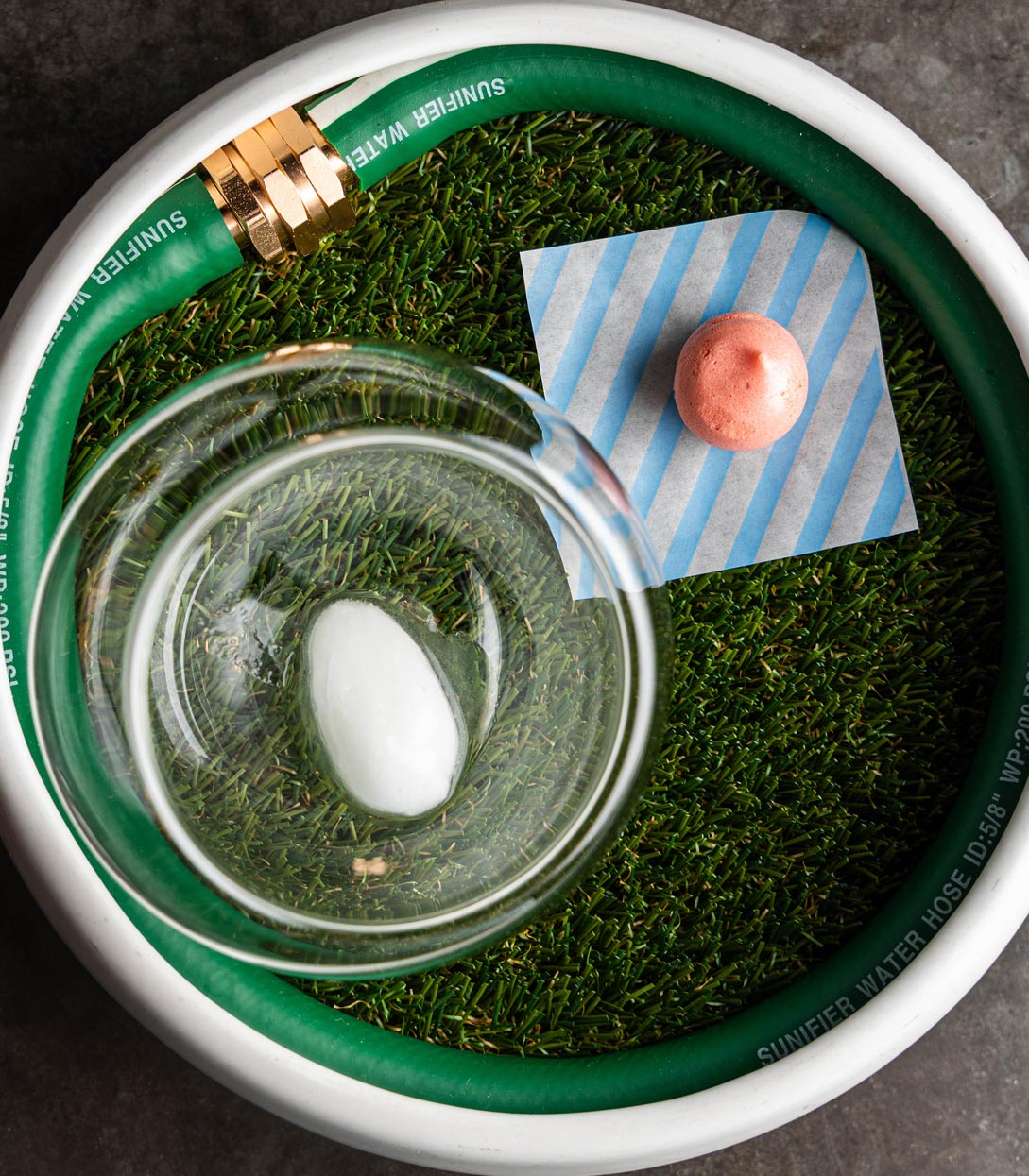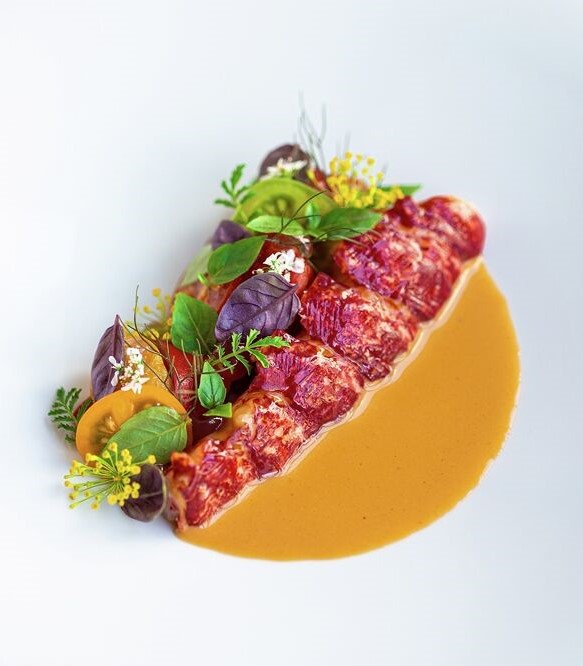Almost a decade ago, the final course of my 26-minute meal at Sukiyabashi Jiro—the covert subway station sushi stop that became a global name after starring in the cult foodie flick “Jiro Dreams of Sushi”—was a simple slice of neon green Crown Melon. Master sushi chef Jiro Ono had carefully ripened the fruit so much so that the second I popped a segment into my mouth, the bite liquified into a symphony of pure, sweet melon juice. It was a revelation and one of my very first experiences with luxury Japanese fruit—the explosively flavorful, jewel-like confections that can sell for thousands of dollars.
Japan places an emphasis on the idea of perfecting a craft, and this cultural trait rolls into high-end fruit cultivation in which growers meticulously tend to plants and prune them in unique methods to produce very few pieces of fruit, which ultimately yields more flavor and sugar in the final product. It also means a much higher price tag.
In addition to intense flavor and sweetness, what sets luxe Japanese fruit apart is its perfect appearance. Perfectly round, blemish-free melon, grapes larger than quarters, and magenta-hued strawberries that shine like jewels.
And while this kind of prestige fruit has been legally available for import since 1968, with the Japanese government’s recent decision to focus on selling this fruit in markets overseas, and expanding chef and consumer awareness, it’s now becoming a more common chef muse on home turf.
So, what does a $10 strawberry taste like? Or how about a $150 melon? Visit any of the below top chefs to find out.
Hirohisa, New York
Wed to seasonal Japanese kaiseki cookery in a diminutive Soho space, New York’s longstanding bastion of traditional Japanese cookery is, unsurprisingly, ground zero for sampling seasonal fruit imported from Japan. Right now, as the conclusion to his eight-course menu, chef Hirohisa Hayashi is serving Tochiotome strawberries with plum sake jelly. Hailing from Japan’s northeastern Tochigi Prefecture, Hayashi describes the strawberry as offering “well-balanced sweetness and tartness,” and he notes the berry’s exceptionally large size and bright red-pink color. Plated in a gold dish, chef adds a shallow pool of sake and Japanese plum-flavored jelly, and simply tops the dessert with one large strawberry. Hayashi describes this combination as simple yet delicious.

Ichimura, New York
The seasonal conclusion to chef Eiji Ichimura’s excellent sushi omakase at his year-old namesake counter right now celebrates the strawberry. Designed by his executive chef Manabu Asanuma who handles appetizers and sweets, Asanuma sources Kotoka-brand strawberries—known for exceptionally high sugar content—that hail from centrally located Nara Prefecture and are only available in the spring. The chef makes an airy strawberry foam and adds it to a coupe glass with a milk-flavored panna cotta and a scoop of white sesame ice cream. Asanuma was keen to serve a lighter, most refreshing dessert before the counter’s wagashi course: a dorayaki pancake with sweet potato and chestnut. Says chef, I specifically let the ingredients speak for themselves. I use simple, but high-quality ingredients that are prepared with care, so the flavors are straightforward, but also transportive.”

Restaurant Yuu, New York
Greenpoint, Brooklyn’s nearly year-old French-Japanese tasting menu boîte Restaurant Yuu quickly made a splash when it debuted last year, earning a MICHELIN Star just six months in. And that’s partly due to executive pastry chef Masaki Takahashi, who joined the team after spending four years as chef de pâtissier at one of Tokyo’s most acclaimed restaurants, Narisawa. In line with chef-owner Yuu Shimano’s seasonal tasting menu, Takahashi changes up desserts regularly, with sweets often in tribute to Japanese fruit. Currently, diners could try the minimalist Matcha and Strawberry. Inspired by a traditional Japanese confection called anmitsu—an arrangement of fruit, adzuki beans, and agar jelly that’s usually sweetened with a brown Japanese sugar called kuromitsu—Masaki’s takes swaps in a local maple syrup-sweetened mousse cake filled with Amaou strawberry jam, paired with matcha ice cream, a thick koicha matcha sauce, fresh Amaou strawberry, maple jelly, and crushed pistachio. Takahashi explains his inspiration: “The bitterness of green tea and the sourness of strawberries remind me of the spring season.”

Shingo, Miami
In a city rife with California rolls, 14-seat Shingo stands out as Miami’s most traditional sushi counter. Lauded for its eponymous chef Shingo Akikuni’s omakase which weaves together produce and proteins sourced locally from Florida and flown in from Japan, says the chef, “the inspiration with every dish is to highlight the best seasonal ingredients available.” That sentiment extends beyond savory preparations. In April, Chef Shingo Akikuni and pastry chef Lania Andrade collaborated on a seasonal strawberry gelée. This eye-catching, cube-shaped dessert is sweetened with fine-grained Japanese wasanbon sugar, bound with kuzu starch, and features, based on availability, Tochiotome strawberries. Akikuni describes the oversized sweet berries as scarlet in hue with an exterior “that shines like a ruby.”

Sushi Noz, New York
It’s usually unheard of to find Japan’s prized Miyazaki mango, Southern Japan’s neon orange-fleshed tropical fruit acclaimed for its intense flavor and sweetness, in the U.S. But leave it to Sushi Noz, one of the Big Apple’s most acclaimed sushi counters—in part celebrated for its ability to source rare Japanese ingredients—to score the goods. And to conclude chef Nozomu Abe’s seasonal, oft-changing inspired omakase, he’s signing out with the fruit. Think house-made Hokkaido ice cream accented with a sauce made from Japanese black sugar and soybean powder, served beside a separate dish of sliced Miyazaki mango.

Hero image: Hannah Wyatt / Sushi Noz







